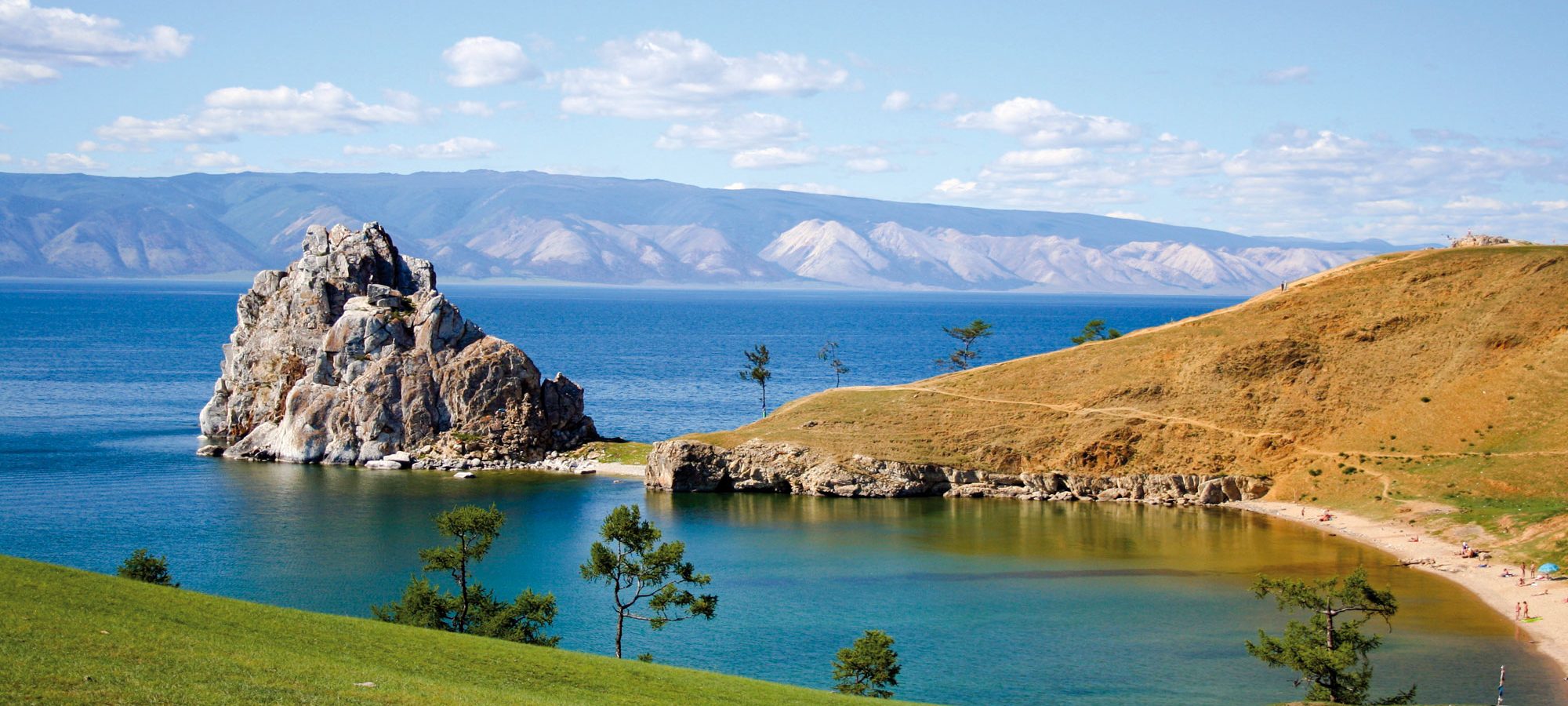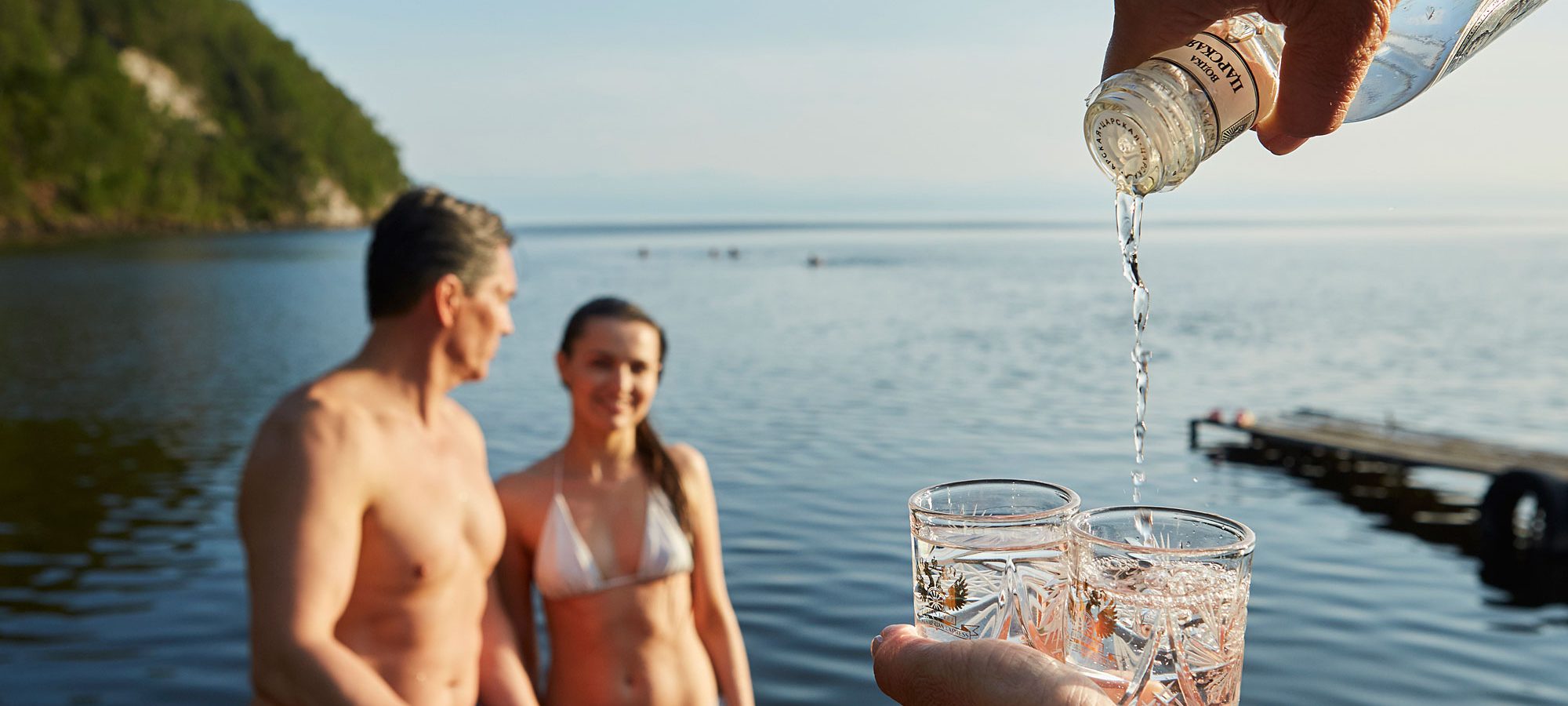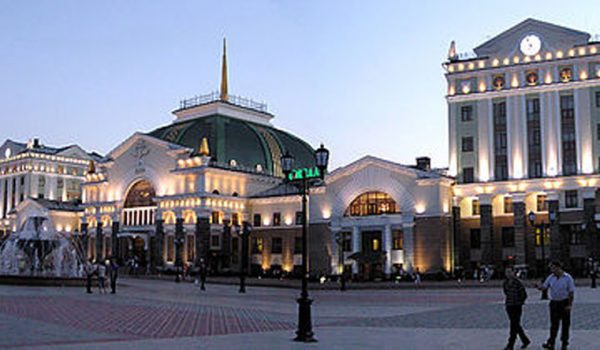The most impressive feature of the Irkutsk region is Lake Baikal, an ancient rift valley lake; this is the world’s deepest and oldest lake. Lake Baikal holds one third of the planet’s fresh water and is home to thousands of species of marine animals found nowhere else.
Cut off from the ocean many thousands of years ago, marine and plant life evolved without interference, creating a substantial biodiversity.
A rare example of eco-friendly industry in Russia is the wood pulp mill on the edge of Lake Baikal, which purifies waste water through filtration before emptying it back into the lake.
When is the best time to visit?
-
Hiking and climbing tours in the area of Lake Baikal – from mid May until late September.
-
Cross-country skiing through the Taiga and across the ice of Lake Baikal – from late February until mid March.
-
Ice skating on Lake Baikal – end of January to the beginning of February, when there is the least amount of snow on the ice.
-
Typically, the coldest period is the first part of February (-35 to -40 C).
The Circumbaikal railway section, along the shores of Lake Baikal, is a highlight of your private Trans-Siberian journey. This portion of railway is from the old original Trans-Siberian route when wagons and people were moved from one side of the Angara River to the other by icebreaker ferries. Once the shortcut was built in the 1950’s this scenic section was lost to the main line. It became an add-on programme and in recent years has suffered from lack of numbers and railway budgets, thus reducing the tourist train timetables.
A highlight of your Tzars Gold Private Trans-Siberian is a leisurely journey along this lake side route with several stops to allow enjoyment of the surrounding areas. Breakfast, lunch and dinner are taken with the lake views and depending upon the weather lunch may be an outside BBQ. Also, depending upon railway traffic control it is can be possible to have breakfast as the sun rises over the lake!
Lovers of nature come to Lake Baikal from all over the world, attracted by its water, picturesque shores, unique animals and vegetation. These can be seen from a boat, yacht or helicopter. Scuba diving and snorkelling can bring you closer to the submarine flora and fauna
Lystvyanka is home to the Limnological Institute of the Russian Academy of Sciences. The institute has a small, but very interesting, museum about the flora and fauna of Baikal and its region.
Lystvyanka offers many more options during winter because the lake freezes – you have skating, ice fishing and hovercraft excursions, husky sledding and more.
Accommodation and sightseeing in Lystvyanka on Lake Baikal
When we started our independent Trans Siberian programmes the first village on the shores of Lake Baikal to offer accommodation was Lystvyanka. It was and still is, the easiet to get to from Irkutsk as well as being the cheapest lake village option.
Over the years, with the growing number of tourists, both Russian and foreign, the village has progressed to become more of a ‘town’. This change has benefits as well as downsides.
Benefits include;
More accommodation options
Better dining possibilities and public facilities
Downside? Well, for those who are looking for that ‘fairy tale Siberian lakeside village’, Lystvyanaka has – inevitably – moved on from that concept. If you take a side road off the main lakeshore road and head up into one of the small valleys you can see a bit of that rural village ambience.
Lystvyanka is still a viable stopover option but, if you want to have more of a rustic village stay you should consider one of our alternative options. Lystvyanka is still the cheapest option so if money is ‘number 1’ stick with this option. During the winter season one of our alternatives cannot be used.
Food
Once you’ve reached Lake Baikal you are sure to encounter pozy. Also known as buuza (in Buryat) or buuz (in Mongol), these steamed meat dumplings make up the most famous traditional dish of Buryat and Mongol cuisine. In Buryatia there are even festivals devoted to them.
Pozy are a relative and similar in name to Chinese dumplings (bao-dzi), while their appearance recalls Georgian khinkali and Tatar and Central Asian manty. They are salted meatballs of minced mutton or beef seasoned with herbs and garlic or onion and folded into a pocket of dough with an opening at the top. Similar to khinkali, you should eat them with your hands and drink the sauce inside after the first bite. If your trip includes a stay in Khuzhir, the biggest village on Olkhon Island, drop in at Yurta, a cafe located on ul. Pushkina. As the name itself suggests, it’s a very small café located in a wooden yurt.
And who can pass up Omul? This is a fresh water fish unique to Lake Baikal. It is smoked and sold hot on the street around Lake Baikal. The burnt brown skin and white flesh are flavoursome, a real treat which goes down well in cold Siberia.







